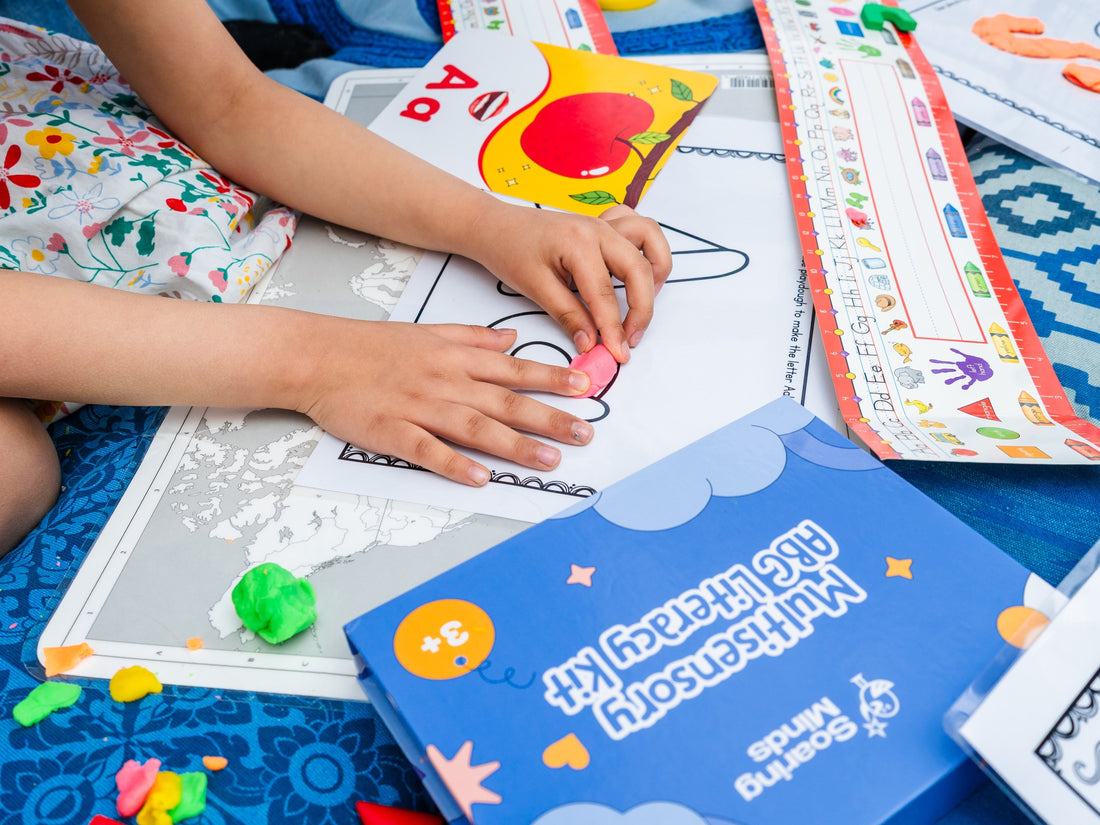
Why Routines Matter: Helping Children with Learning Differences Feel Secure and Ready to Learn
Why Routines Matter: Helping Children with Learning Differences Feel Secure and Ready to Learn
Children thrive on predictability and routine. For kids with learning differences like dyslexia, ADHD, autism, or sensory processing challenges, routines aren’t just helpful—they’re essential. A structured day provides comfort, reduces anxiety, and creates an environment where children can learn and grow with confidence.
As a teacher, I’ve seen the difference that routines make. Children who know what to expect often approach learning with more calm, focus, and independence. Those without structure can feel overwhelmed and uncertain, leading to frustration and meltdowns.
This article explores why routines matter, how they support brain development, and practical ways to create a structured environment at home.
Why Routine Matters for Kids with Learning Differences
For young children, the world can feel unpredictable and overwhelming. Routines create order and security, helping them navigate the day with confidence.
For children with ADHD, autism, dyslexia, or processing challenges, routines are especially powerful because they:
✔ Reduce anxiety – predictability creates a sense of safety
✔ Improve focus and transitions – knowing what’s next reduces resistance
✔ Encourage independence – routines build responsibility and self-regulation
✔ Boost learning retention – repeated structured practice strengthens memory
Without structure, children may feel overwhelmed, leading to stress, difficulty focusing, and more frequent emotional struggles.
How Routine Supports Brain Development
The brain loves patterns. Just like practicing a sport strengthens muscles, consistent routines strengthen neural pathways.
✔ Repetition reinforces memory and skills
✔ Predictability reduces mental overload
✔ Structure supports self-regulation and emotional control
For a child with dyslexia, for example, practicing letter sounds at the same time each day can dramatically improve retention and confidence.
Practical Ways to Build Routines at Home
1. Start and End the Day with Predictability
-
Morning: Wake up at the same time, share a calm breakfast, and use a simple picture schedule for brushing teeth, dressing, and packing.
-
Bedtime: Create a calming routine with dim lights, a bedtime story, and consistent sleep times.
2. Weave Multi-Sensory Learning Into Daily Routines
Children with learning differences often benefit from hands-on literacy woven into everyday life.
📌 Example: With the Multisensory ABC Literacy Kit, you might:
-
Before breakfast → pick a card and trace the textured letter while saying its sound.
-
After school → use the mirror to check mouth movements while practicing a word.
-
Before bed → jump, clap, or stomp while repeating letter sounds for fun reinforcement.
This makes literacy part of daily rhythm, not an extra task.
3. Use Visual Schedules
Children, especially those with autism or processing challenges, thrive when their day is visible. Post a visual schedule with pictures or symbols, and let your child check off completed steps. Timers or countdowns also help transitions.
4. Add Movement Breaks
Movement helps reset attention spans. Build short breaks into routines:
-
Jumping jacks between homework tasks
-
A letter scavenger hunt with cards hidden around the room
-
Music-and-movement games to practice sounds
5. Be Consistent but Flexible
Life isn’t always predictable, and routines will shift. When they do:
-
Acknowledge the change and explain what’s different
-
Use visuals or simple language to guide through transitions
-
Reassure your child their routine will return soon
Final Thoughts: Structure Builds Confidence
Routines aren’t just about organization, they reduce anxiety, support brain development, and help children with learning differences feel capable and secure.
At Soaring Minds, we believe structure and fun can go hand in hand. The Multisensory ABC Literacy Kit was designed with that in mind, making it easy to fit letter learning into daily life through touch, sound, and movement.
💡 And if you’d like to add a dose of encouragement to your routine, don’t miss our Positive Affirmation Cards—a free resource you can print and use to boost your child’s confidence every single day.
👉 How do you build routines that help your child thrive? Share your ideas in the comments!
